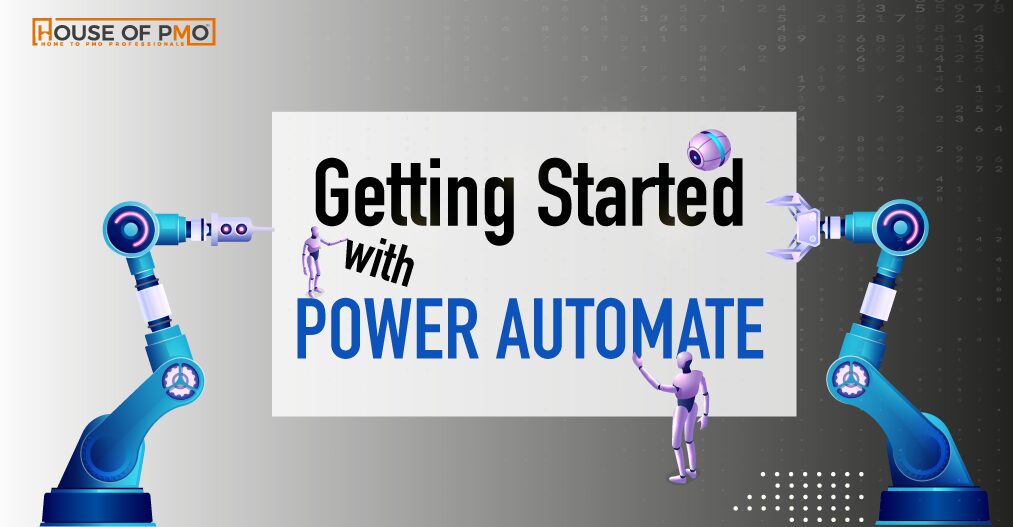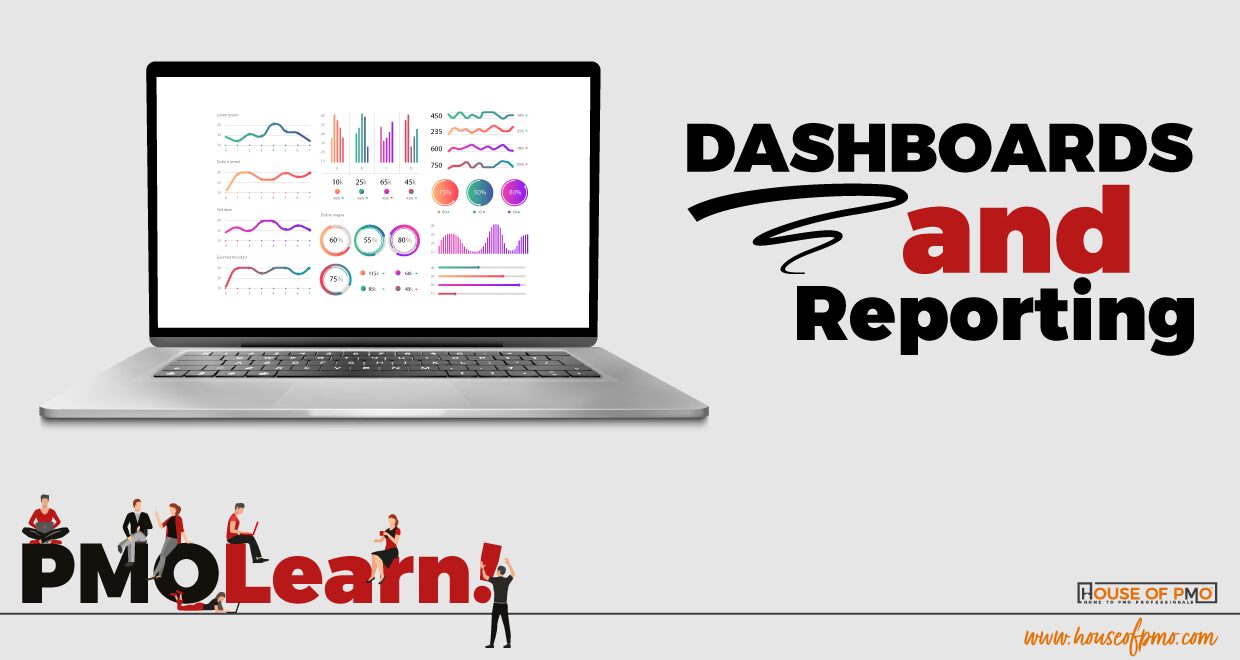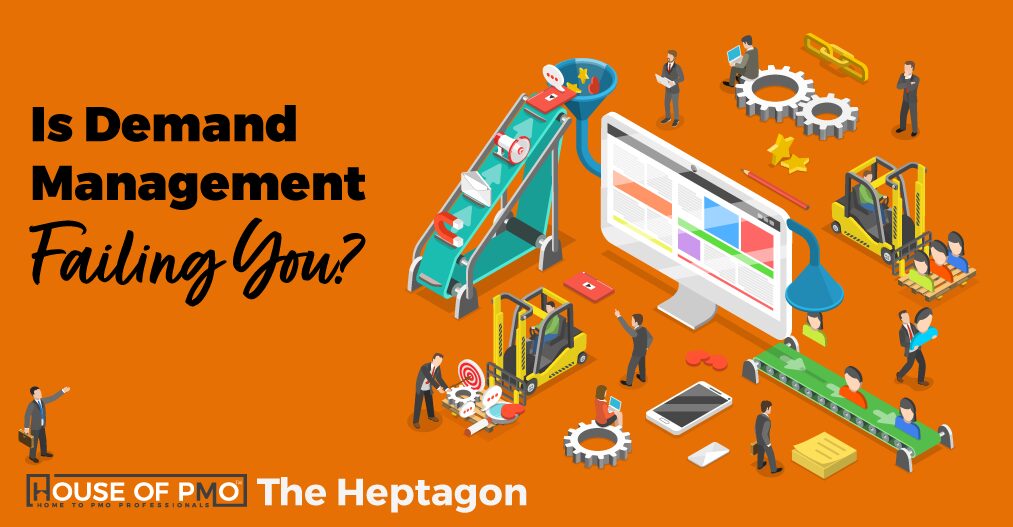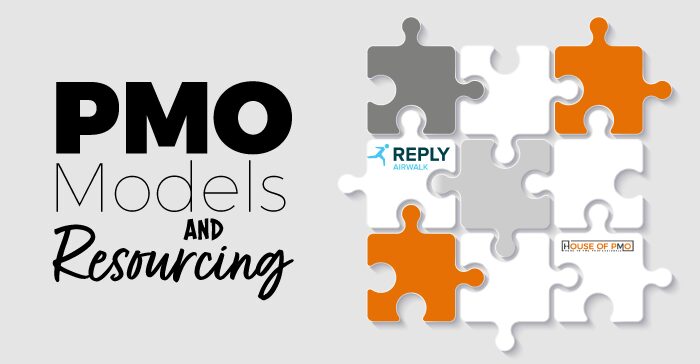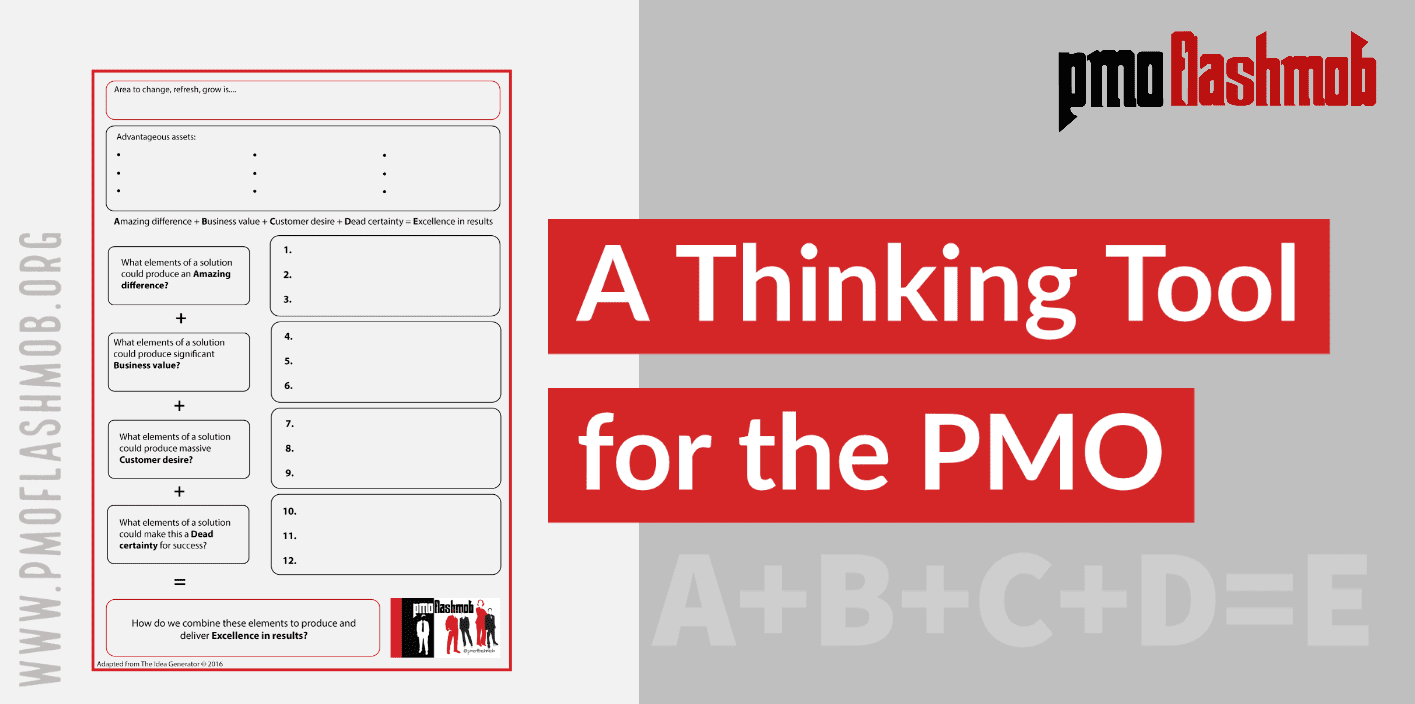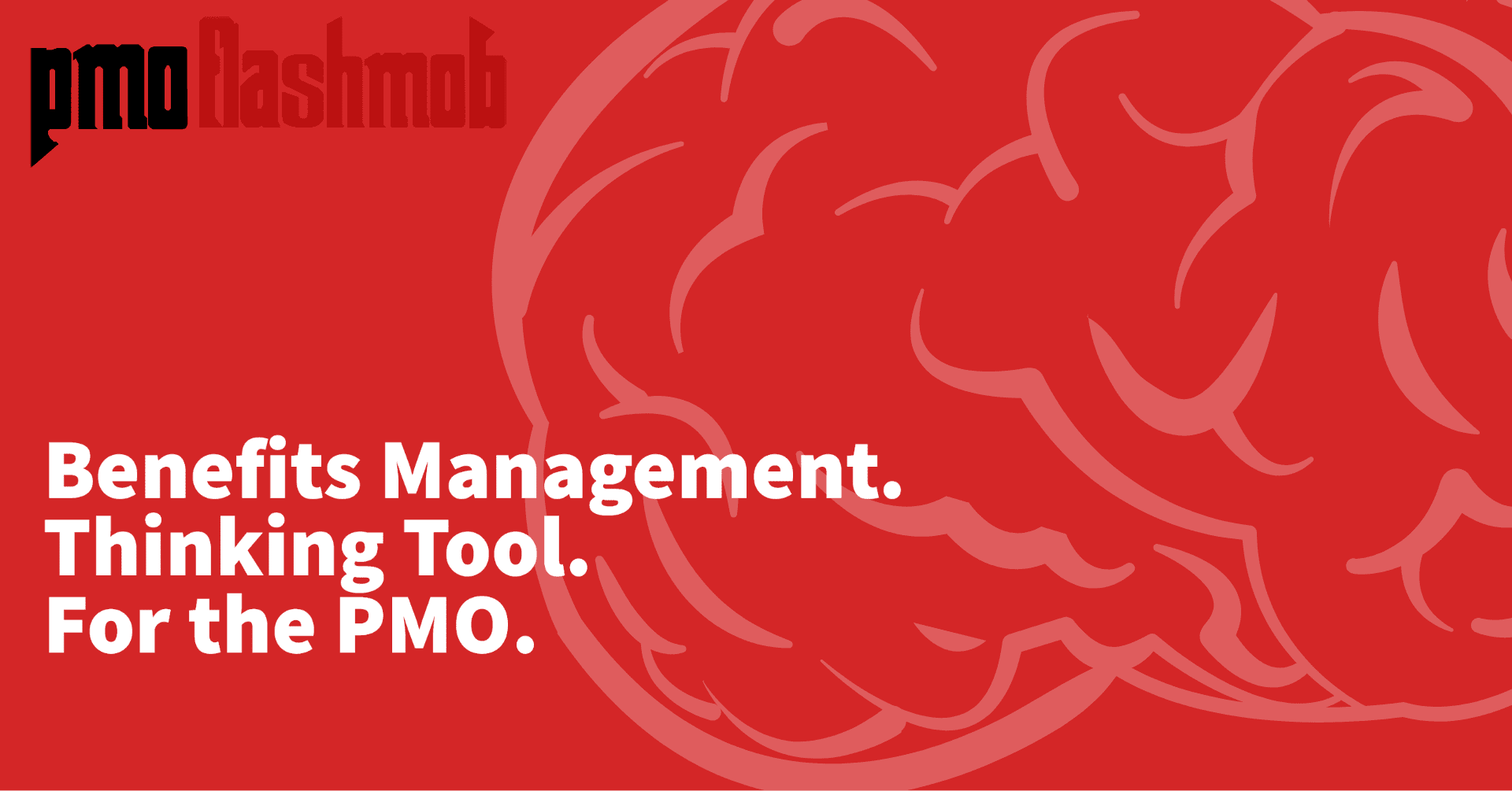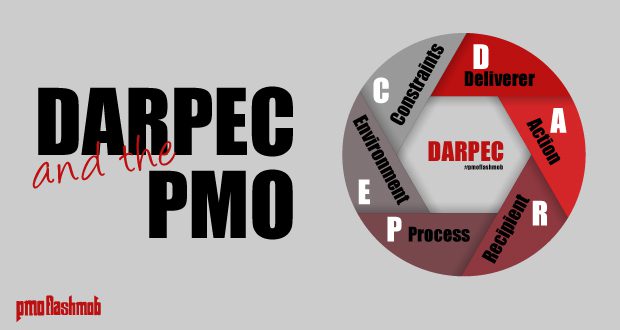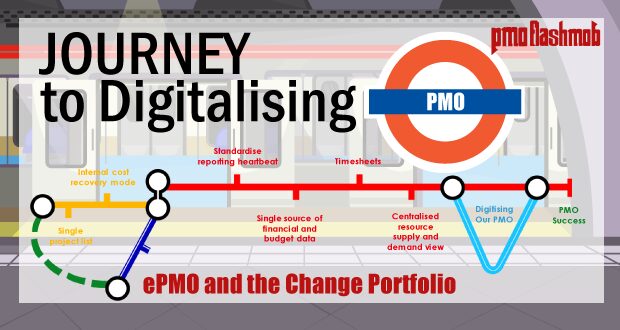Curious about how PMOs are using Power BI, Power Apps, Automate and Virtual Agents? This hands-on House of PMO session covered the basics, featured a real case study from UK Parliament, and left attendees buzzing with ideas.
Go to article
Discover how Power Automate helps PMOs automate repetitive tasks, improve workflows, and save time. Learn where to start, explore templates, and unlock the potential of Microsoft 365’s no-code automation tool.
Go to article
Explore dashboards and reporting in the PMO with HotPMO’s John McIntyre. From CEO dashboards to agile portfolio insights, see how PMOs can drive decision-making with data. Includes session deck and real-world reporting challenges.
Go to article
Still stuck in resource bottlenecks? The real problem might be your demand management. Learn why PMOs need to shift from predictive lifecycle models to strategy-led, value-focused approaches like PRUB and Impact Mapping.
Go to article
Learn from Gary Heath’s 20+ years of PMO experience: resourcing models, evolving Agile delivery, Lean PMO trends, and career tips for PMO professionals at all levels.
Go to article

We talk a lot about PMO practitioners being curious - wanting to try different approaches and think differently about the work they do. It's never easy to find the time to take a step back to think - even more so to find the time for the PMO team to come together with the sole aim of thinking about what we do and how we might change that.
PMO leaders and managers are still finding ways to engage with their teams through the pandemic - hosting "away" days virtually - using that time for micro-learning, exercises and sharing insights and lessons.
In this post, we look at a thinking tool approach that could be used either by yourself - or even better - with the whole PMO team. Perhaps it would make a good exercise for the next PMO team get together.
The thinking tool comes from a brilliant book called The Idea Generator - which features a number of different tools you can use to come up with new ideas. It's a business book but it's easily applied to PMO. It's a boundary thinking tool - and it's a simple equation we'll be using. Read on to understand the tool and gain access to the templates:
Go to article
Discover how to embed benefits management as a mindset, not just an activity. Learn the Dellar Success Case Tool in this interactive PMO Flashmob session and explore practical exercises to align projects with measurable business value.
Go to article
Discover how DARPEC helps PMOs think differently about process improvements, workshops, and stakeholder interactions. A simple tool for complex challenges—no tech skills required.
Go to article
From spreadsheet survival to PMO value models, check out 5 creative and practical 2x2 matrices made by PMO pros at our latest PMO Flashmob. Big thanks to Ticketmaster for hosting a classic night of laughs, learning, and sharp thinking.
Go to article
Discover how Aspen’s ePMO tackled digital transformation—retiring spreadsheets, linking data, and gaining project efficiency. Watch the webinar with PPO and get practical tips.
Go to article


